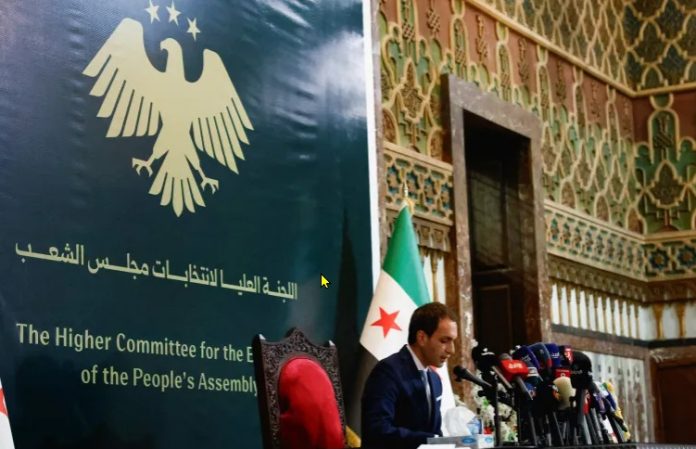New Delhi: Syria conducted its first parliamentary elections since Bashar al-Assad was ousted in December 2024, marking a key stage in the country’s post-war political transition. The elections, held on October 5, 2025, involved 6,000 electoral college members across 50 districts voting for approximately 120 of the 210 seats in the People’s Assembly. The remaining one-third of seats were appointed by interim President Ahmad al-Sharaa.
Several regions, including Sweida province and Kurdish-controlled areas in the northeast, did not participate. Authorities left 21 seats vacant, citing plans for supplementary ballots without specifying a timeline. These exclusions drew attention to ongoing tensions and highlighted challenges in nationwide representation.
The elections revealed stark disparities in inclusivity. Women secured only 4% of elected positions, although they made up 20% of the electoral college. Some districts had no female candidates. Minority groups also faced underrepresentation. Only two Christians were elected, and Druze and Kurdish populations remained largely excluded. Analysts noted that district boundaries preserved minority-majority areas but failed to ensure broader inclusivity.
Critics described the process as undemocratic and vulnerable to manipulation. Concerns included limited oversight of electoral colleges and the removal of candidates from ballots. Government officials defended the elections, stating that a full popular vote was unfeasible due to war-related displacement. Presidential appointments aim to balance representation. Public reactions varied, with hope in cities like Aleppo and Damascus, but skepticism persisted in excluded regions.
The interim parliament will serve a 30-month term, during which authorities plan to prepare for a nationwide popular vote. All candidates ran as independents, reflecting the post-Assad political landscape where political parties were dissolved.




